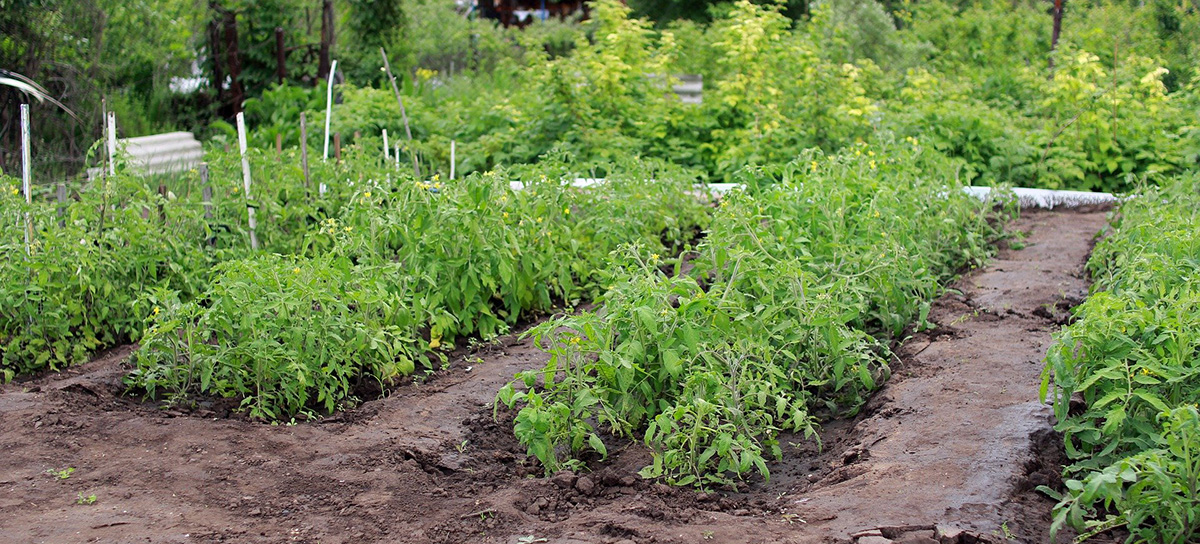
By Sarah Browning, Extension Educator in Lancaster County
Is this the year you want to plant a home vegetable garden? If so, there’s still plenty of time to get started.
Home vegetable gardening is a popular hobby for a number of reasons. Some people garden for exercise and some for the enjoyment of harvesting flavorful produce that can be eaten fresh from the garden or preserved for use during winter. Others garden so they can grow a wider variety of vegetables than are available at their local grocery store. Finally, concerns about food safety are the motivation for others.
Regardless of motive, gardening can be as simple or as complex a project as you make it. However, careful planning can make gardening easier, more productive and more enjoyable. In planning your garden, it is important to consider a few basics.
HOW BIG SHOULD MY GARDEN BE?
This is an important consideration because a small, weed-free garden will produce more than a larger, poorly maintained garden. Consider how many family members will help with the garden. Or will you be handling the hoe alone? Plants such as watermelon, pumpkin and winter squash take up large areas of garden space. In small gardens, the use of compact vegetable cultivars will conserve space and enable gardeners to plant a greater variety of vegetables. So you might consider continuing to buy watermelons, squash and pumpkins.
Many vegetables can be grown in containers, creating a patio, deck, balcony or kitchen doorstep garden and providing growing room for those without enough space for a traditional vegetable garden. Vegetables and herbs can also be incorporated in ornamental plantings of shrubs, perennials and annuals to create an edible landscape.
WHAT SHOULD I PLANT?
Tomatoes, both slicing and cherry types, are among the most popular home garden vegetables. Carrots, radishes, beans, peas and salad greens (lettuce, arugula, mesclun, sorrel) are some of the easiest vegetables to grow. Sweet corn is more difficult and has a relatively low-yield per plant, so is another vegetable to consider continuing to buy.
Vegetable cultivars with unusual color or shape, like ‘Purple Haze’ carrots or ‘Easter Egg’ radishes, make gardening — and possibly even eating vegetables — fun for children.
Consider buying those plants designated as an All-America Selection (AAS). Selection as an AAS Award winner recognizes a vegetable for significant achievements, proving it to be superior to all others on the market. Many winners become staples in the garden industry for many years, such as ‘Imperator’ carrot (1933), ‘Straight-8’ cucumber (1935) and ‘Sweet Banana’ pepper (1941).
For a list of some vegetable cultivars suitable for use throughout Nebraska, refer to Nebraska Extension NebGuide “Selected Vegetable Cultivars for Nebraska,” (G1896) at https://go.unl.edu/vegetables.
WHAT’S THE BEST LOCATION?
Locate your garden in a level area with well-drained soil and a minimum of 6 hours direct sunlight each day, although 8–10 hours of direct sunlight are ideal. Avoid low spots or areas at the base of a slope or hill. Such areas are slow to warm up in spring and may collect water, staying too wet during rainy periods.
Make sure your garden has easy access to water and is close enough to your home for easy maintenance and harvesting. You may also grow plants in more than one location of your yard. A small garden near the kitchen door can provide herbs and greens for quick seasoning and salads.
If using containers, choose the largest possible for your location. Providing your plants a large soil area for root growth will make them more vigorous and productive. Plus, larger containers dry out slower during hot weather when your plants are fully grown.
DO I ONLY PLANT ONCE IN SPRING?
No, garden spaces can be planted more than once using a technique called succession planting. For example, an early crop is planted and harvested, then the area is cleared and replanted for a second harvest. Sometimes there’s even time for a third crop in one season.
For example, a spring crop of peas, lettuce, cauliflower or broccoli is planted and harvested in early summer. After harvest, the ground is cleared and additional fertilizer incorporated in the soil. Then a second crop of warm-season vegetables, such as summer squash, beans, Swiss chard or carrots, is planted.
As another example, two or three crops of lettuce can be harvested from the same garden space by doublecropping.
Also consider staggered plantings with quick maturing crops like radishes, green onions or lettuce, to avoid being swamped with too much for a few days and then not any for a period of time. By simply planting a little seed every 7–10 days, you can ensure a continuous harvest. As the earlier plantings are harvested, they can be removed and replanted.
FOR MORE INFORMATION
Nebraska Extension has many publications, including online at http://extensionpubs.unl.edu; search for ‘Vegetable’.